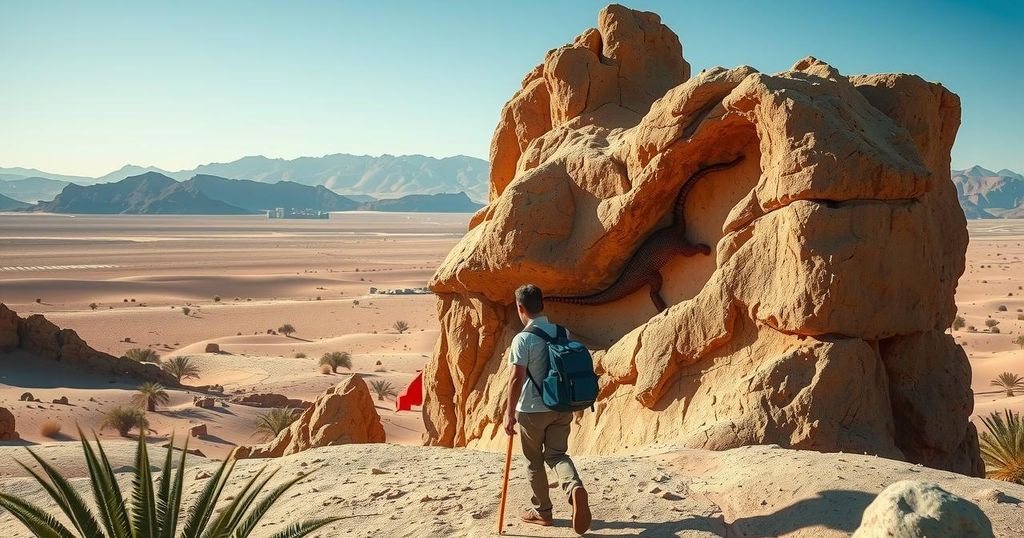Concerns are rising over the authenticity of a mosasaur fossil from Morocco, which was the basis for a new species classification, Xenodens calminechari. Inconsistencies in its structure and questionable provenance have led researchers to demand further investigation. Calls for CT scans to verify the fossil’s integrity reflect ongoing ethical issues in the scientific community.
Concerns have emerged regarding the authenticity of a mosasaur fossil discovered in a Moroccan phosphate mine, which served as the foundation for classifying a new species called Xenodens calminechari. This marine predator is believed to have existed 72 to 66 million years ago. Inconsistencies in the fossil’s structure have prompted researchers to question the validity of the study that introduced this species.
A study published in The Anatomical Record highlighted anomalies in the jawbone and teeth of the fossil, leading to skepticism about its genuineness. Notably, two teeth were noted to occupy a single socket, a deviation from normal mosasaur biology where one tooth fits per socket. Dr. Michael Caldwell of the University of Alberta pointed out that mosasaurs continuously replaced their teeth, suggesting possible tampering due to overlapping material.
The region where the fossil was found is known for containing potentially forged specimens. Researchers are advocating for computed tomography (CT) scans to assess the fossil’s authenticity, yet access remains limited as Nick Longrich, the paleontologist who holds the fossil, has been uncooperative. Henry Sharpe, the lead author of a recent paper, expressed to Live Science that withholding information on a holotype specimen contradicts ethical scientific practices.
As calls for a thorough investigation grow, the emphasis on verifying the integrity of this fossil increases, as it is pivotal to uphold the accuracy of scientific records.
The mosasaur fossil in question was pivotal for categorizing the Xenodens calminechari species, supposedly a marine predator from the Late Cretaceous period. Recent scrutiny has emerged amidst concerns that the fossil may not be authentic, following a study published in The Anatomical Record. Researchers are particularly troubled by structural irregularities, including issues related to the fossil’s teeth arrangement which contradicts known biological patterns of mosasaurs. The fossil’s provenance may also raise alarms, given the region’s history of forged specimens.
In light of rising uncertainties surrounding the mosasaur fossil from Morocco, calls for a comprehensive investigation are vital. Verification of this specimen’s authenticity is crucial for maintaining scientific integrity, as the findings associated with Xenodens calminechari hinge on its validity. The challenges experienced in accessing the fossil underscore ethical concerns in the scientific community and warrant immediate attention.
Original Source: www.gadgets360.com






